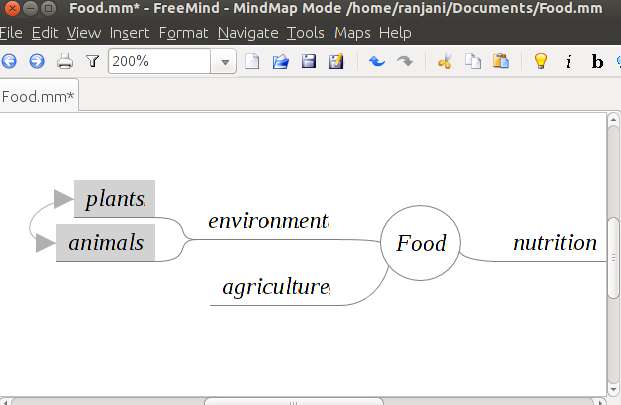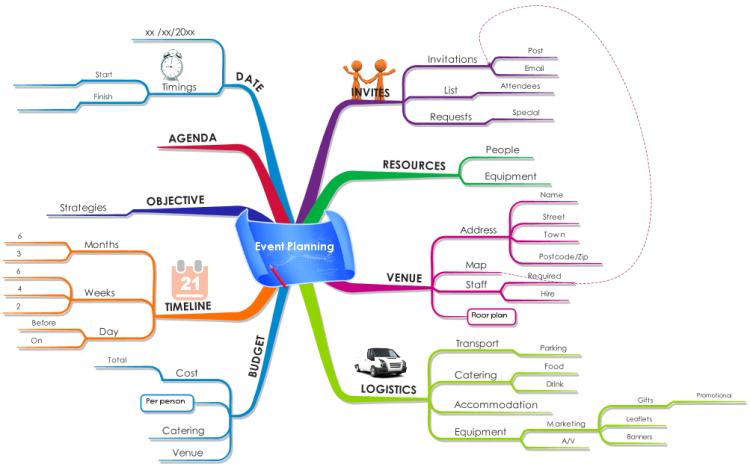

All the students appreciated the session of clinical reflection and the resolution of problems. The other students used the e-portfolio with the tutor. Only 6 students used individually the e-portfolio. All the students appreciated the traditional pedagological means. All the students encountered difficulties inįulfilling the items of the e-portfolio despite of the explications of the tutor. Five students prefered the e-portfolio as a pedagological mean and 9 patients prefered the session of clinical reflection and asked for more sessions. We based our results on 2 criteria: the educational impact of the pedagological means and their acceptibility. This study is about 14 students in the third year of medical studies who pursued their training during the period from January 2013 to March 2014. We anaylsed the pedagological method according to 2 criteria, their educational impact and their acceptability. Open questions were analyzed using a qualitative method. The repartition of answers was calculated in numbers for rating questions. The questionary contained 10 questions with 8 rating questions and 2 open ones. The questionary in represented in Table 1 and is fulfilled by the students the last day of their training. We targeted to evaluate the efficacy of associating different learning methods in order to achieve the different educational targets. In our department, we use many educational methods varying from traditional to new pedagological ones based on the reflexive view. Medical study who try to achieve the educational targets specified in their portofolios. This result has to be taken with caution because all the participants received the same training methods during the same period.Įvery year, we receive in our Department of Pathology 7 groups of medical students in the third year of These results highlighted the absence of significant difference in critical appraisal skills when using or not a checklist. The mean scores in the control group reached 13.65 and 14.42 in the intervention group (p=0.61).

The mean scores in the intervention group reached 14.83 in men and 14.75 in women.
Using freemind free#
The mean score of the participants using free appraisal reached 16.5 in men and 13.25 in women.
Using freemind software#
A one-way ANOVA test was used to compare the scores between both groups using SPSS software (version 11.0).ĥ1 students were enrolled in this study. The individual critical appraisal forms were evaluated using a scoring-based-checklist. The intervention group (n=26) performed a critical appraisal of the article using the checklist of a Pubmed-indexed journal and the control group (n=25) performed a free critical appraisal. All the students spent the same period of training in the department and they received the same training session about critical appraisal of scientific publications. The same manuscript was given to both groups. A computerized random number allocation was used. Medical students in the third year that were performing a training period in a department of pathology were randomly assigned to two groups. This study aimed to assess the utility of using a checklist in implementing this practice. The critical appraisal of scientific publications is a mainstay step in the evidence-based-practice. On the other hand, we noticed that the success of such a method is also dependent on the motivation of the students and the availability of the tutor. It is concluded that despite the small number of students in the study sample, the utility of using the mapping techniques in order to contextualize a challenging speciality like pathology was identifiable. As well, the results of the students tutored with concept maps were statistically significantly better than those of the students that were not tutored with this technique. The results showed that a total of nineteen students considered the method of concept mapping useful and worth being applied in other medical specialities. As well, we compared the results of this subset of students, who were tutored using concept maps, with a second subset of 20 students who learnt without concept maps, using the same tests. The students were surveyed using a questionnaire about the feasibility and the accessibility of this method. We conducted a study about 20 students that were trained in our department over a period of sixteen months.

This research aimed to assess the utility of using mapping techniques in the training of medical students in a pathology laboratory. The use of new pedagogical methods seems necessary in medical learning especially in fundamental specialities like pathology.


 0 kommentar(er)
0 kommentar(er)
